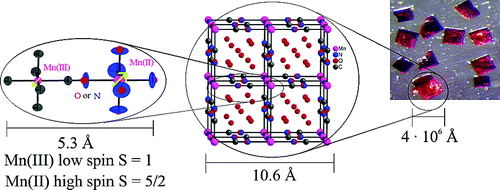Alkali borohydrides MBH4 and their deuterides have been investigated by X-ray and neutron powder diffraction (M=K,Rb,Cs) and by infrared and Raman spectroscopy (M=Na,K,Rb,Cs). At room temperature the compounds crystallize with a cubic high temperature (HT) structure having Fm3m symmetry in which the [BH4]− complexes are disordered. At low temperature (LT) the potassium compound transforms into a tetragonal low temperature structure having P42/n mc symmetry in which the [BH4]− complexes are ordered such as in the isotypic sodium congener. The B---H distances within the complex as measured on the deuteride at 1.5 K are 1.205(3) Å. Indications for a partial ordering in the rubidium and cesium compounds exist but are not sufficient for a full structural characterization. Infrared and Raman spectra at room temperature are fully assigned for both hydrides and deuterides, including the overtones and combination bands, the Fermi resonance type interactions and the 10B to 11B splitting due to the presence of natural boron in the samples. |




